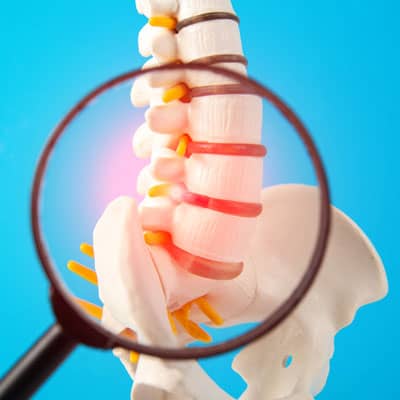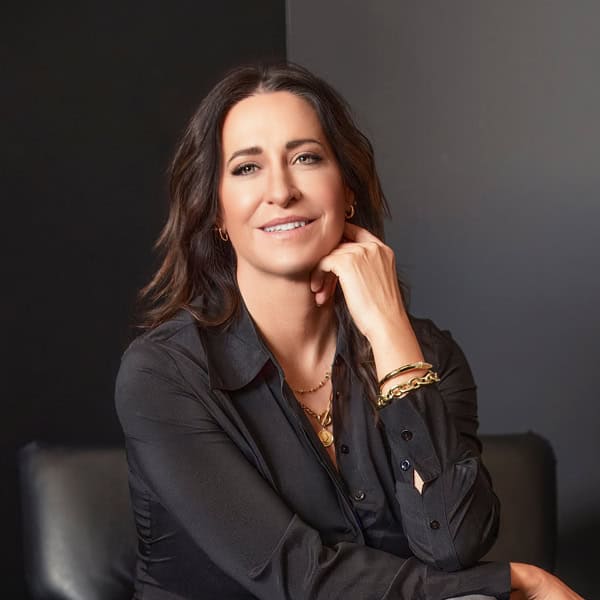Blogs
Comprehensive Guide to Scoliosis Treatment Options

Scoliosis can impact posture and mobility. Early, informed action is critical. This guide offers insights. Explore traditional methods like bracing and physical therapy alongside innovative approaches like Chiropractic BioPhysics® (CBP) and surgical interventions. Find solutions to reduce pain, improve posture, and enhance your quality of life.
Understanding Scoliosis: More Than Just a Curve
Scoliosis is a condition where the spine develops an abnormal sideways curve. It’s not just a simple bend; it’s a complex three-dimensional deformity that can affect posture, mobility, and in some cases, overall health.
What’s the Deal with Scoliosis?
Imagine the spine as a stack of blocks. In scoliosis, these blocks don’t align perfectly. Instead, they rotate and shift, creating a curve that can resemble an “S” or “C” shape when viewed from behind.
Types of Scoliosis: It Comes in Flavors
In my practice, I encounter three main types of scoliosis:
- Idiopathic Scoliosis: This is the most common type, especially in adolescents. “Idiopathic” means we don’t know the exact cause.
- Congenital Scoliosis: This type is present at birth due to spinal abnormalities that develop in the womb.
- Neuromuscular Scoliosis: This occurs in patients with conditions that affect muscles and nerves, such as cerebral palsy or muscular dystrophy.
Causes and Risk Factors: What We Know
Common Causes: A Complex Picture
For most scoliosis cases, particularly idiopathic scoliosis, we can’t pinpoint a single cause. It’s likely a combination of genetic and environmental factors.
Genetic and Environmental Risk Factors: Nature vs. Nurture
While we can’t predict scoliosis with certainty, we know that it tends to run in families. However, having a family history doesn’t guarantee you’ll develop scoliosis. Environmental factors may also play a role, but more research is needed to understand these fully.
Symptoms and Diagnosis: What to Look For
Recognizing Symptoms: Subtle Signs
As a doctor, I often find that scoliosis symptoms can be subtle. Here’s what I tell my patients to watch for:
- Uneven shoulders
- One hip higher than the other
- Clothes that hang unevenly
- Back pain
Diagnostic Methods: Getting a Clear Picture
When I suspect scoliosis, I typically use the following diagnostic tools:
- X-rays: These provide a clear view of the spine’s curvature.
- MRI: This gives us detailed images of the soft tissues and can help rule out other conditions.
- CT Scans: These offer a 3D view of the spine, which can be helpful for surgical planning if needed.
Non-Surgical Treatment Options: Conservative Approaches
Physical Therapy and Exercises: Strengthening Support
Physical therapy is a cornerstone of scoliosis treatment. I often prescribe specific exercise programs to strengthen the muscles around the spine, improve flexibility, and reduce pain. The Schroth method, for example, is a specialized approach designed for scoliosis patients.
Bracing: External Support
For growing children and adolescents with moderate scoliosis, I frequently recommend bracing. It’s an effective way to prevent curve progression. There are several types of braces:
- Boston Brace: The most common type, worn under clothing.
- Charleston Bending Brace: Worn at night, it applies corrective pressure.
- Milwaukee Brace: Used for upper spine curves.
Studies show that consistent brace wear can significantly reduce the need for surgery.
See more: ScoliBrace™ system for Scoliosis treatment
Medications: Managing Symptoms
While medications don’t correct the curve, they can help manage pain and discomfort associated with scoliosis.
Surgical Treatment Options: When More Intervention is Needed
Spinal Fusion Surgery: Corrective Approach
In severe cases or when conservative treatments aren’t effective, I might recommend spinal fusion surgery. This procedure involves:
- Straighten the spine
- Placing bone graft material
- Inserting metal rods and screws for support
Modern techniques have improved outcomes significantly, with high success rates in correcting and maintaining spinal alignment.
Growing Rods: Room for Growth
For young children with severe scoliosis, growing rods can be an excellent option. These rods are surgically implanted and periodically lengthened to accommodate growth.
Vertebral Body Tethering (VBT): A Newer Approach
VBT is a less invasive option for some patients. It uses a flexible cord to guide the spine’s growth, preserving more flexibility than traditional fus
Post-Treatment Care and Rehabilitation: The Recovery Journey
Recovery Process: A Gradual Return
Recovery from scoliosis treatment, especially surgery, takes time. I always emphasize to my patients that patience is key.
Physical Therapy Post-Surgery: Regaining Function
After surgery, physical therapy is crucial. It helps patients:
- Regain strength and flexibility
- Improve posture
- Learn safe movement patterns
Long-term Care and Monitoring: Ongoing Vigilance
Regular check-ups and x-rays are essential to monitor the spine’s condition and catch any changes early.
Living with Scoliosis: Thriving in Daily Life
Lifestyle Adjustments: Small Changes, Big Impact
I advise my patients that living with scoliosis doesn’t mean limiting their lives. Simple adjustments can make a big difference:
- Ergonomic setup at work or school
- Choosing scoliosis-friendly exercises
- Maintaining good posture
Tips for Daily Living: Practical Advice
Here are some tips I often share:
- Use a backpack with two straps to distribute weight evenly
- Sleep on a firm mattress
- Stay active – regular exercise is beneficial
In conclusion, our comprehensive guide to scoliosis treatment options emphasizes that finding the right treatment plan is a personal journey. Every scoliosis case is unique, and working closely with specialists is key to discovering what works best for you. Support groups can offer valuable encouragement and shared experiences along the way.
If you’re in Utah, the Scoliosis Center of Utah is an excellent resource for expert care. Remember, while scoliosis may curve your spine, it doesn’t have to curve your life. Stay positive, stay informed, and know that you’re not alone on this journey.
Frequently Asked Questions
What are the psychological effects of scoliosis?
Scoliosis can significantly impact a person’s emotional well-being, leading to low self-esteem, body image issues, and social anxiety. Adolescents, in particular, may experience challenges due to physical changes during puberty.
What factors influence the decision between non-surgical and surgical treatment for scoliosis?
The choice between non-surgical and surgical treatment depends on various factors, including the severity of the curve, the patient’s age, growth potential, overall health, and the rate of curve progression.
Are there alternative therapies for scoliosis?
While not a primary treatment, some people find relief from scoliosis-related symptoms through alternative therapies like chiropractic care, acupuncture, or yoga. It’s essential to consult with a healthcare provider before trying any alternative treatments.
How can pain be managed in scoliosis patients?
Pain management for scoliosis often involves a combination of approaches. Over-the-counter pain relievers, physical therapy, and heat or ice application can help alleviate discomfort. Prescription pain medications or interventional pain management techniques may be considered in severe cases.
What are the typical bracing protocols for scoliosis?
Bracing is commonly prescribed for adolescents with moderate curves to prevent further progression. The specific type of brace and the duration of wear depend on the curve pattern and the patient’s skeletal maturity. Regular adjustments and monitoring are essential to ensure brace effectiveness.

Dr. Katalina Dean
Dr. Katalina Dean is the founder and clinical director of Scoliosis Center of Utah, in Midvale, UT. Her team specializes in posture correction, spinal rehabilitation, and non-invasive scoliosis care and bracing.
Call Today
Do You Qualify for Care?
Schedule an Appointment Below
